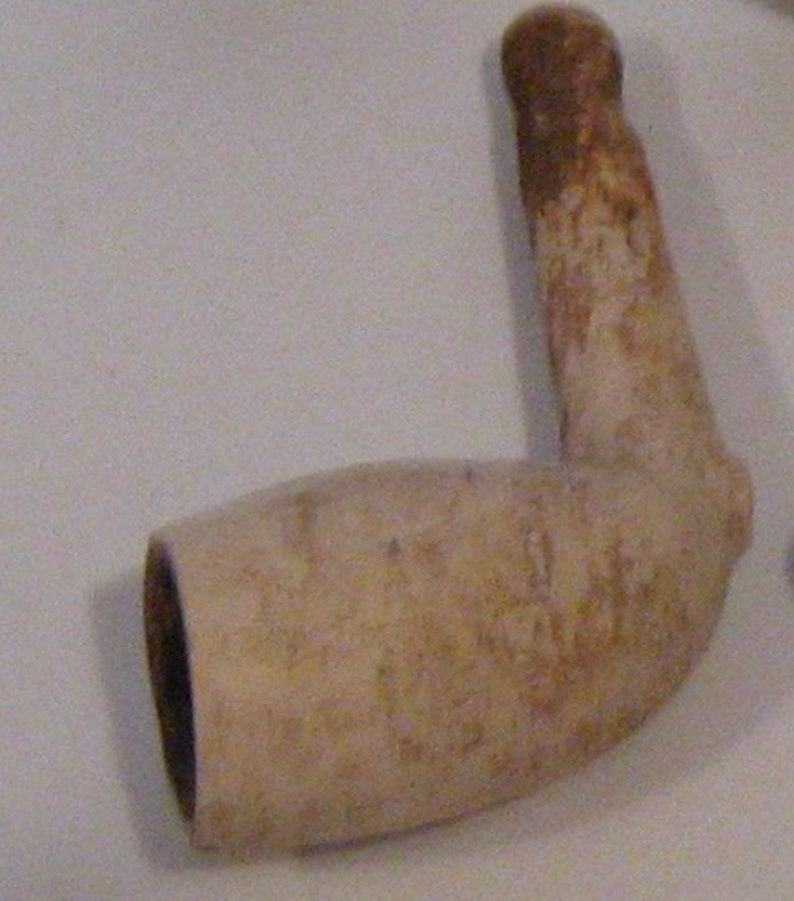

What clays were used and where they were extracted.ĩ. How they were made, what methods were used and how those changed over time. Learning about the smoking culture in society and how clay pipes were used within that.Ĩ. Researching the topics of cultural history including events and people in history which inspired all the design themes.ħ. Miniatures, Bubble pipes, Skulls, Devils, Monsters, Mermaids, Giant pipes, Royalty, Military, Maritime, Sports, Transport, etc.Ħ. Masonics, Religion, Politics, Humour, Irish Pipes, Scottish Pipes, Birds, Insects, Musical themes, Advertising, Commemoratives, Learning about decoration themes such as: Plain styles, Abstract, Animals, Plants, Men, Women, Famous People, Coat of Arms, Where to find them in the landscape or where to buy them, their value, where to sell them.ĥ. Where did the origin of clay pipes and smoking them begin.ģ. Within study going off like the branches of a tree and here are just a few examples.Ģ. As with any subject of interest there are so many aspects I sometimes feel that I only know half of what there is to know. I began collecting clay pipes in the 1970's and since then my knowledge and appreciation of this topic has grown though My interest in clay pipes as an amateur archaeologist and clay pipe maker are shared with you here. Share your discoveries on social media and join the world of #tinythings, don’t forget to tag us Be sure to leave the Tiny Thing where you find it for the next person to discover.An introduction to this Subject brought to you by Heather These small, coloured models are scattered throughout Old Portsmouth attached to the environment around them. There are plenty more Tiny Things to be found and scanned.

The road layout has changed but the name Oyster Street still exists and is not far from you and the excavation was in the French Street area. Although the ground was found to be much disturbed, a sequence from 12 th and 13 th centuries to modern times was recorded. The aim of the excavation was to uncover evidence for the earliest permanent settlement in this part of Portsmouth. The site was important because of its location on the waterfront of the original medieval harbour at Portsmouth. In 1968 the area around Oyster Street in Old Portsmouth was being re-developed and this allowed an extended archaeological excavation for the first time. We have evidence that pipes were made here the remains of at least two clay pipe kilns were found during the excavations in Oyster Street, not far from where you are standing. Richard Hoar made this pipe in Portsmouth between 17, his name is stamped on the stem. The shape was popular for quite a long time. In about 1690 a new type of pipe with a pointed spur and name stamped on the stem appeared and spread like all new trends and the Portsmouth pipe makers wanted to keep up. Portsmouth pipe makers followed the London trends for pipe shapes. Pipes were made here continuously until the last maker stopped work in 1932. Portsmouth has one of the few makers recorded for the first quarter of the 17th century, Robert Godsoffe in about 1620.

To meet that demand there were several pipe makers in the town. Once smoking had become a popular habit there was a high demand for clay tobacco pipes in Portsmouth because of the large number of soldiers and sailors based here. Pipes were thrown away once they broke, a bit like a disposable coffee cup now. Tobacco pipes are not something you see around so often now, but in the 18th century many people smoked.


 0 kommentar(er)
0 kommentar(er)
